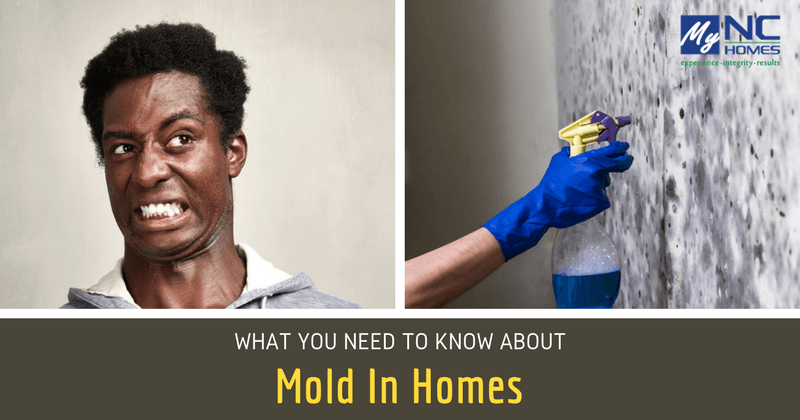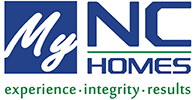
If you're buying a home in this area that's more than ten years old, mold (or fungal growth) is a topic that may come up. But the truth is, mold is rarely as serious a problem as some would have you believe.
Here are three important things to understand about mold:
1. Mold is Everywhere
Mold is actually quite common. In fact, it's everywhere. There are more than 100,000 different species of mold, and there is likely mold on every surface you touch and in the air you breathe. Most of the time, it's harmless, though people who suffer from allergies may be more susceptible to mold-related health problems.
When it comes to mold in the home, again there are many different kinds, and it takes a qualified specialist to properly identify molds. The common thread is moisture, which mold needs to grow. While some actively growing mold might affect the structural integrity of a home, the moisture itself is usually the larger issue.
The area of the home where mold is seen most often is crawl spaces, which are the most common foundation type for homes in the area. Dark and damp, these areas provide an excellent breeding ground for mold. And, because few homeowners dare to venture down there, mold often goes undetected for years.
Why is mold so common here? The building boom that took place in the 80s and 90s in this area produced a lot of homes that don't meet today's building science standards. Simply put, builders didn't build houses as well back then as they do today.
Today builders know more about mold, and how to prevent it. And they build homes with proper drainage to prevent mold from growing in the first place.
2. How To Remove Mold From Your Home
An important thing to remember about mold is it's not permanent. It can be removed, and removed for good, if it's done right.
The first step is to contain the problem and not allow the mold to spread. It needs to be contained using plastic sheeting containment and negative air pressure so the mold spores stay where they are.
Second, the mold needs to be removed, first with a high-efficiency particulate air (HEPA) filtered vacuum, then killing any remaining mold with a chemical-based cleanser.
The final, and most important step is to make sure the crawl space stays dry. This can vary based on the individual crawlspace. At a very minimum, a crawlspace should have vapor barrier that covers all of the ground in the crawlspace. Other things that can be considered include solving drainage issues around the foundation of the home and sealing the crawlspace.
It sounds like a simple process, but it's actually quite involved, and it should be done by a reputable mold remediation contractor.
3. You Can Prevent It
The most important thing any homeowner can do to prevent mold from growing and spreading in their home is to control moisture and humidity, through proper ventilation and vapor barriers, to prevent it from growing in the first place.
If you're buying a home and your inspector tells you they see signs of fungal growth; don't panic. Work with your Realtor to find a good contractor who can remove the mold and prevent it from coming back. If you're planning on selling your home this is just one more reason to consider getting a home inspection prior to going on the market so as to not possibly lose a contract should a buyer overreact.
Don't let it deter you from buying your dream home!
Posted by Larry Tollen on
Leave A Comment